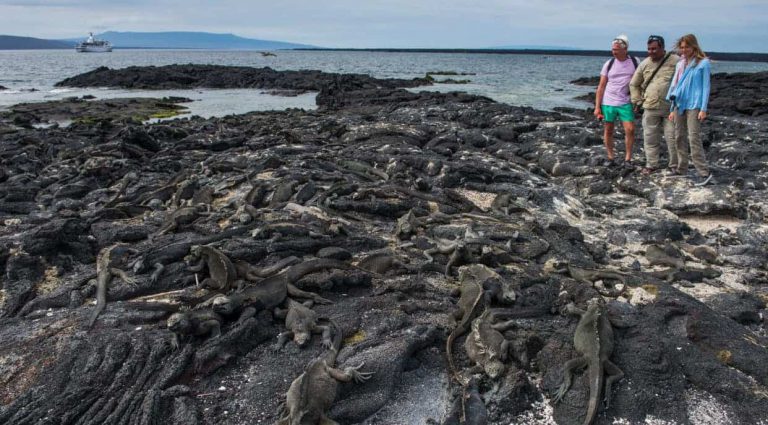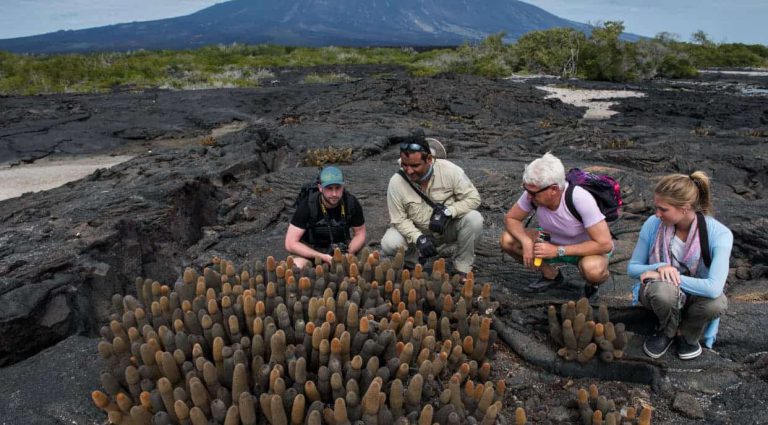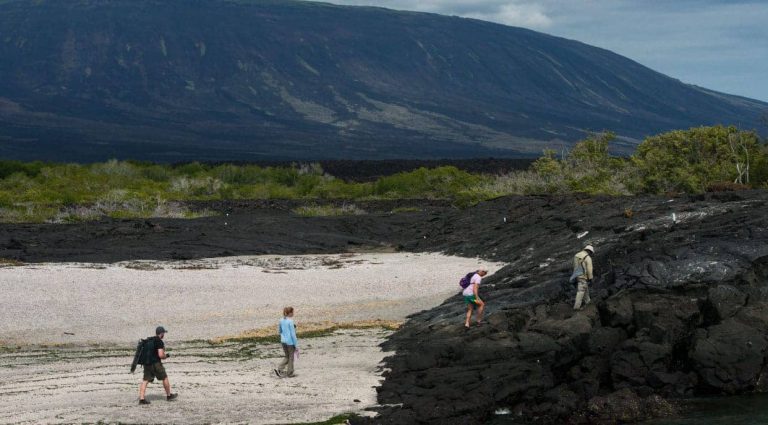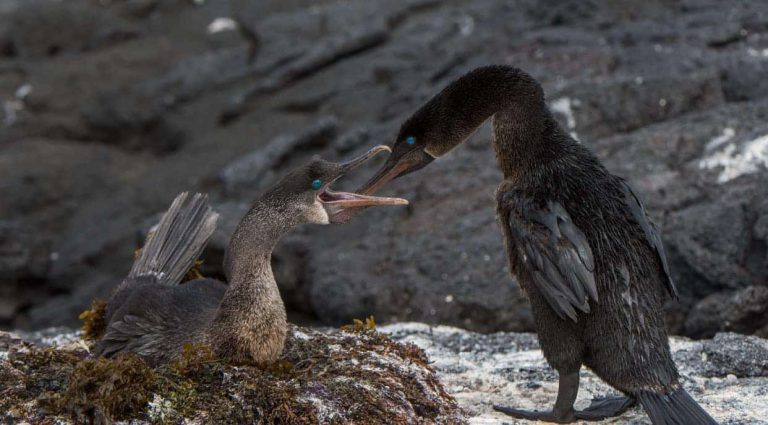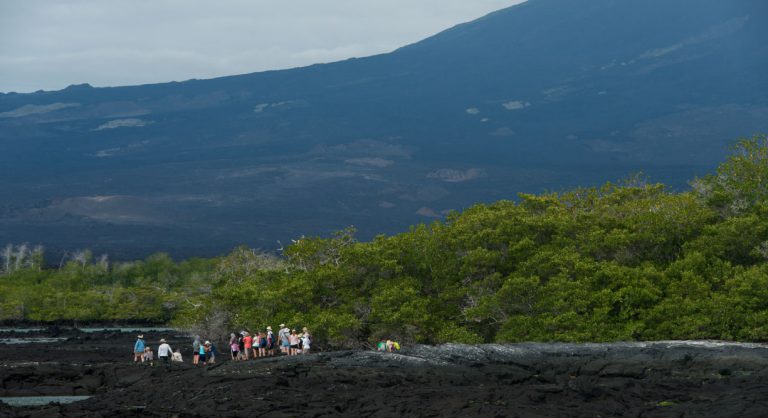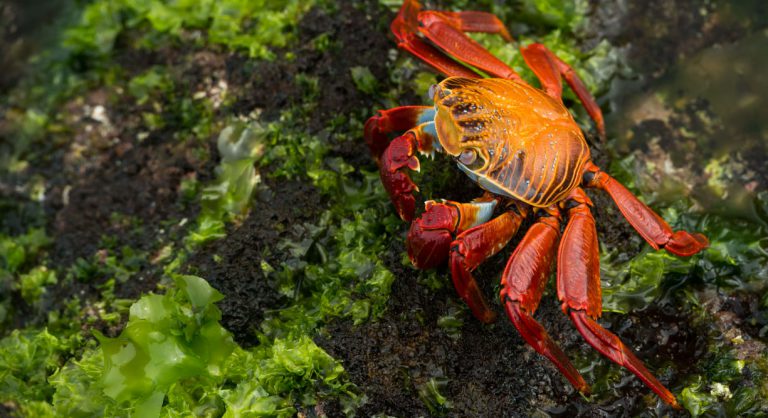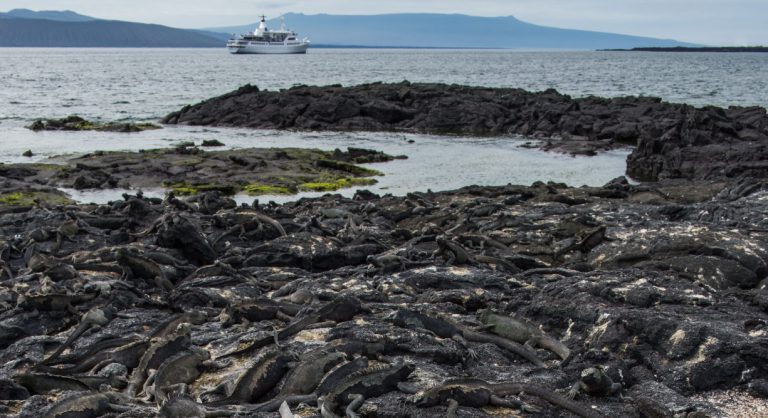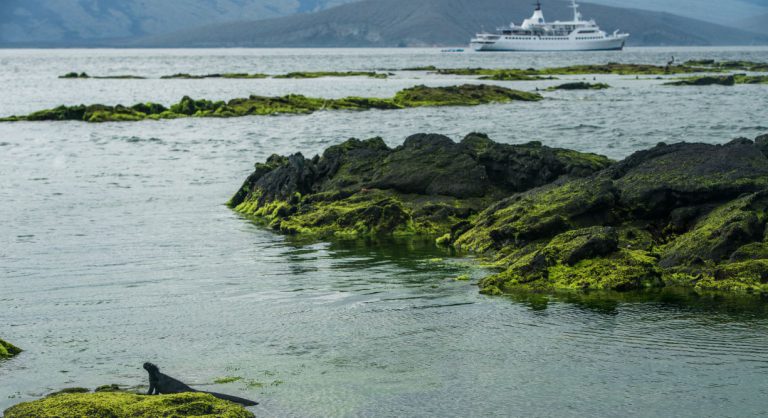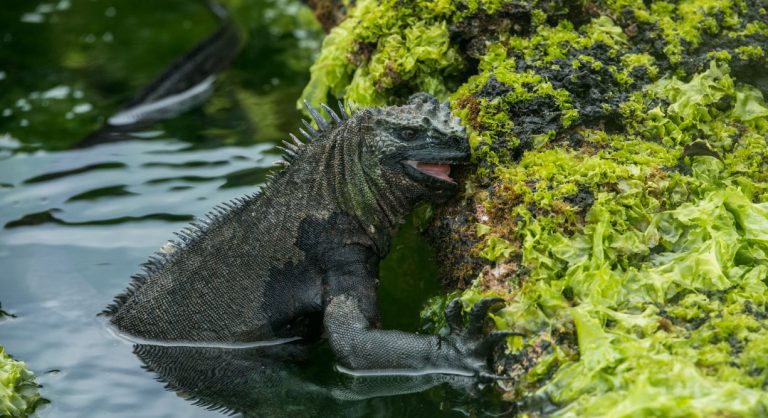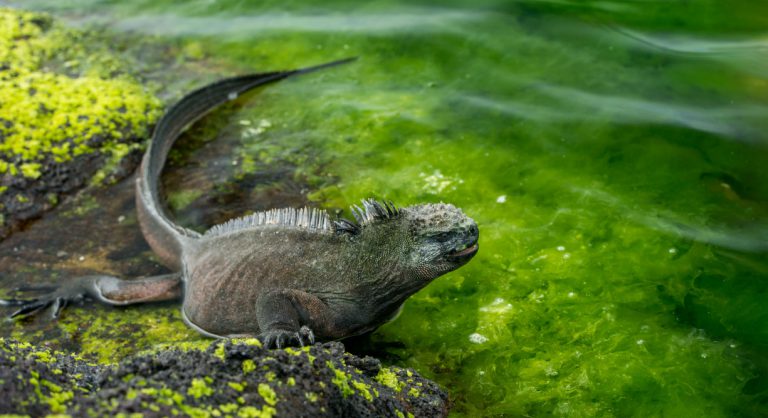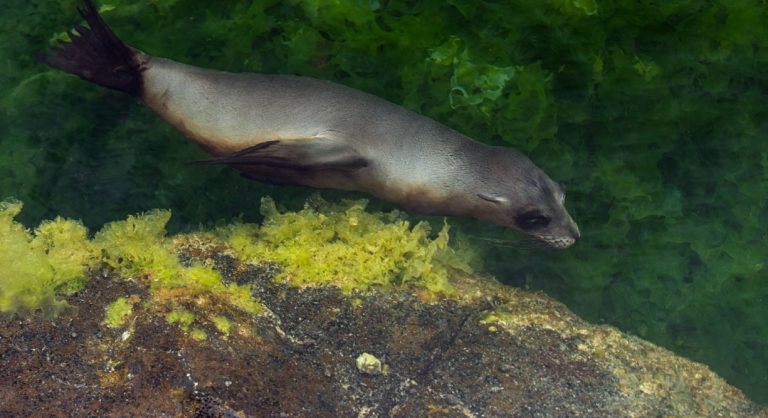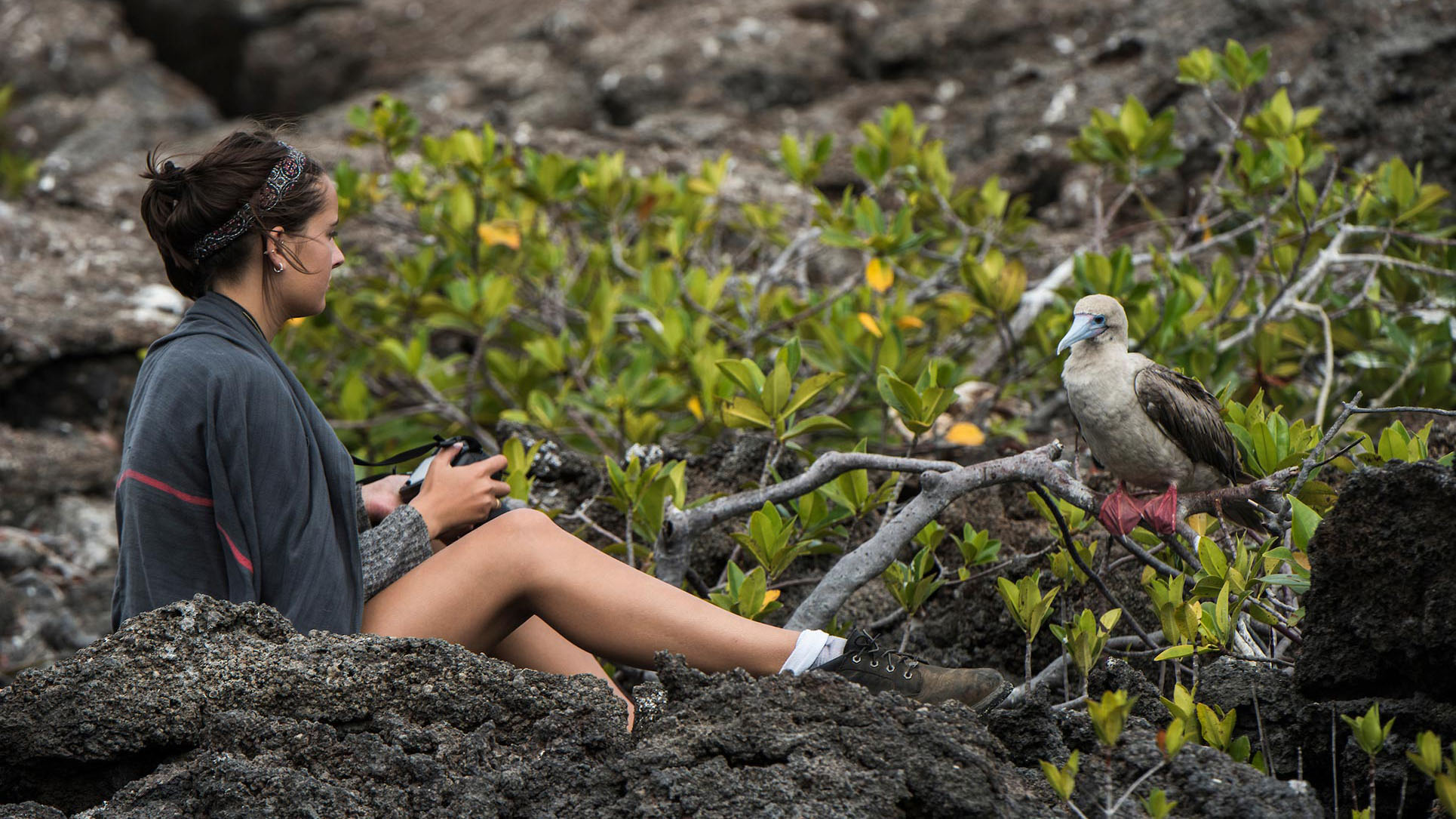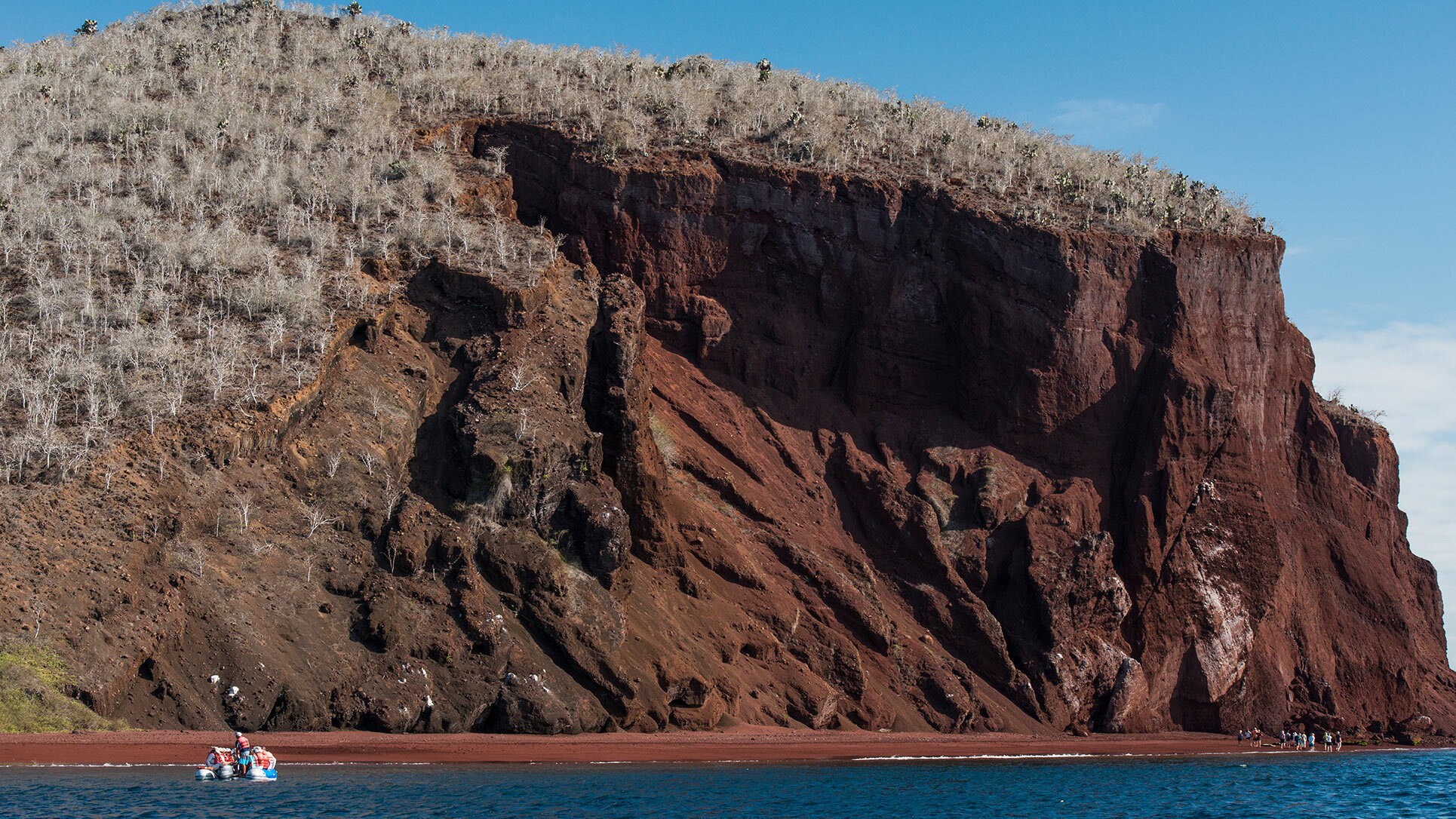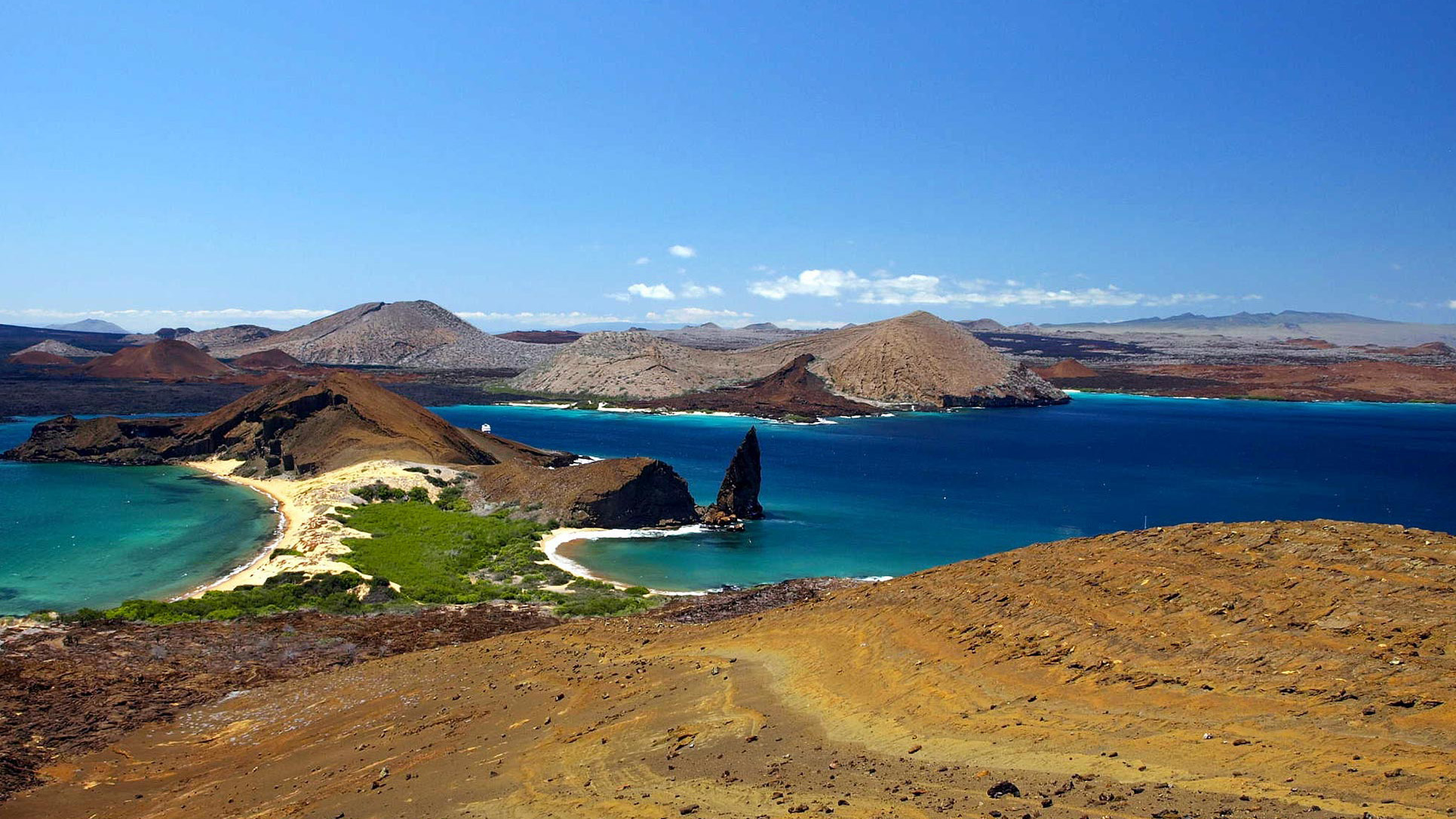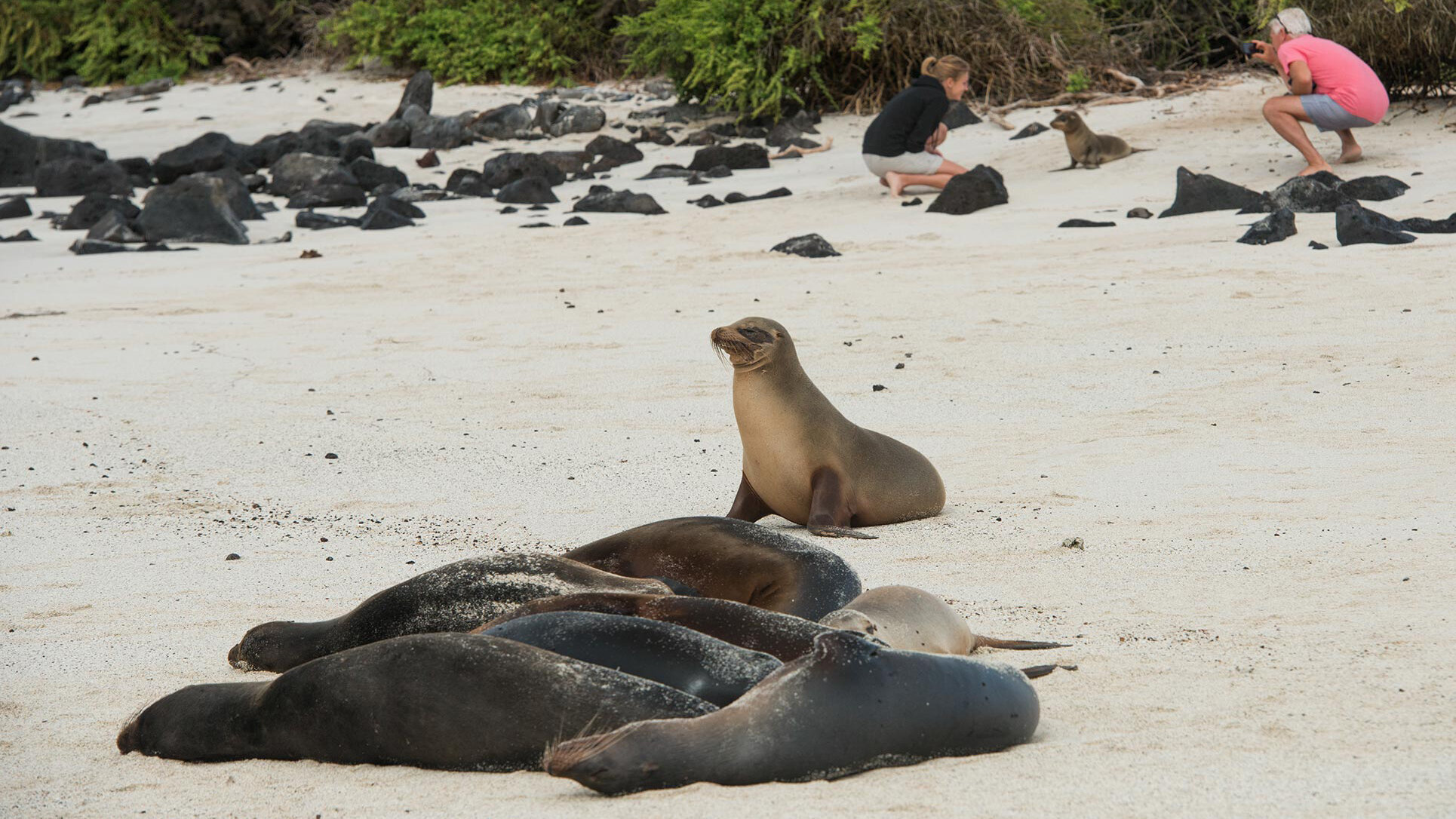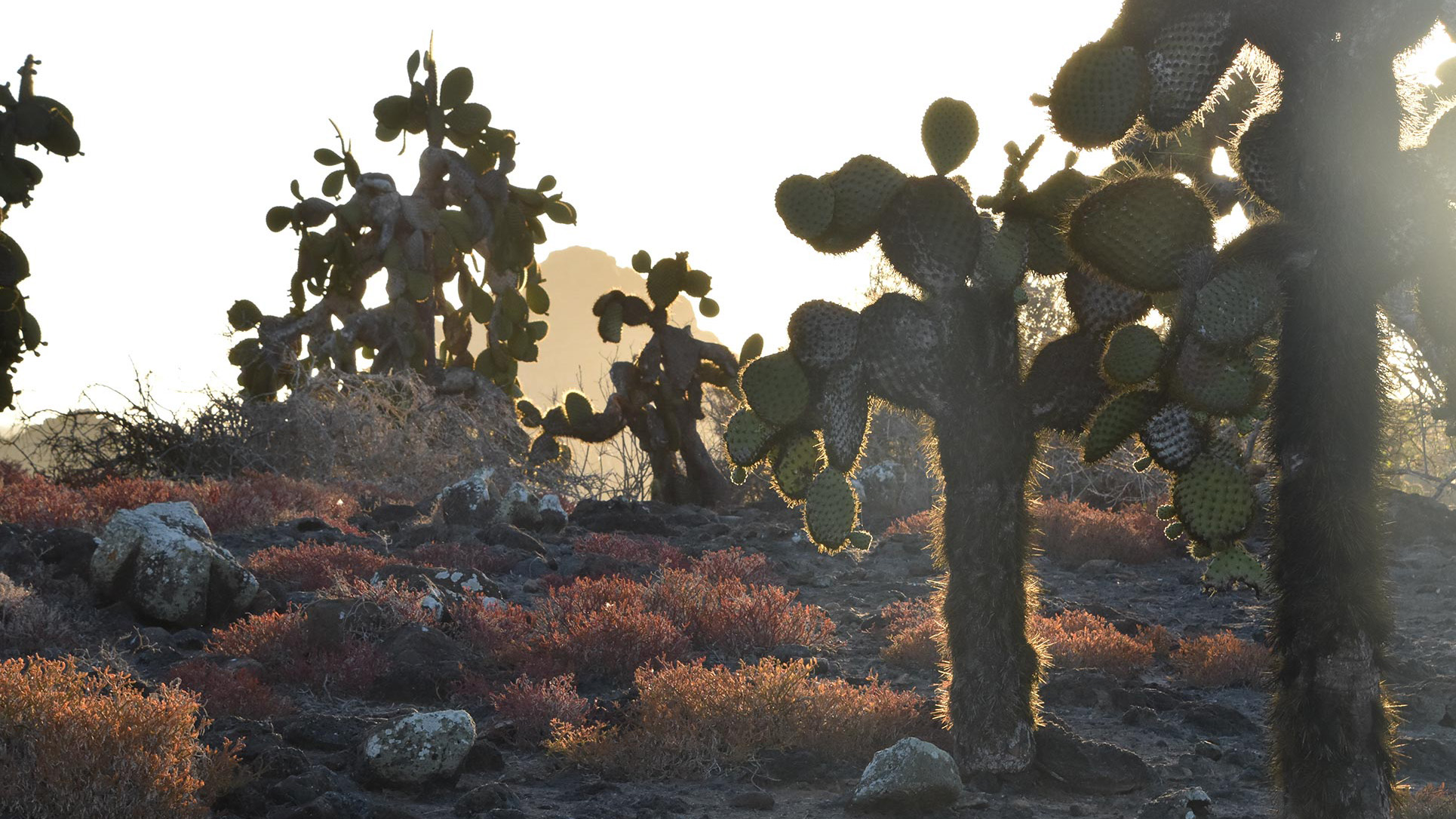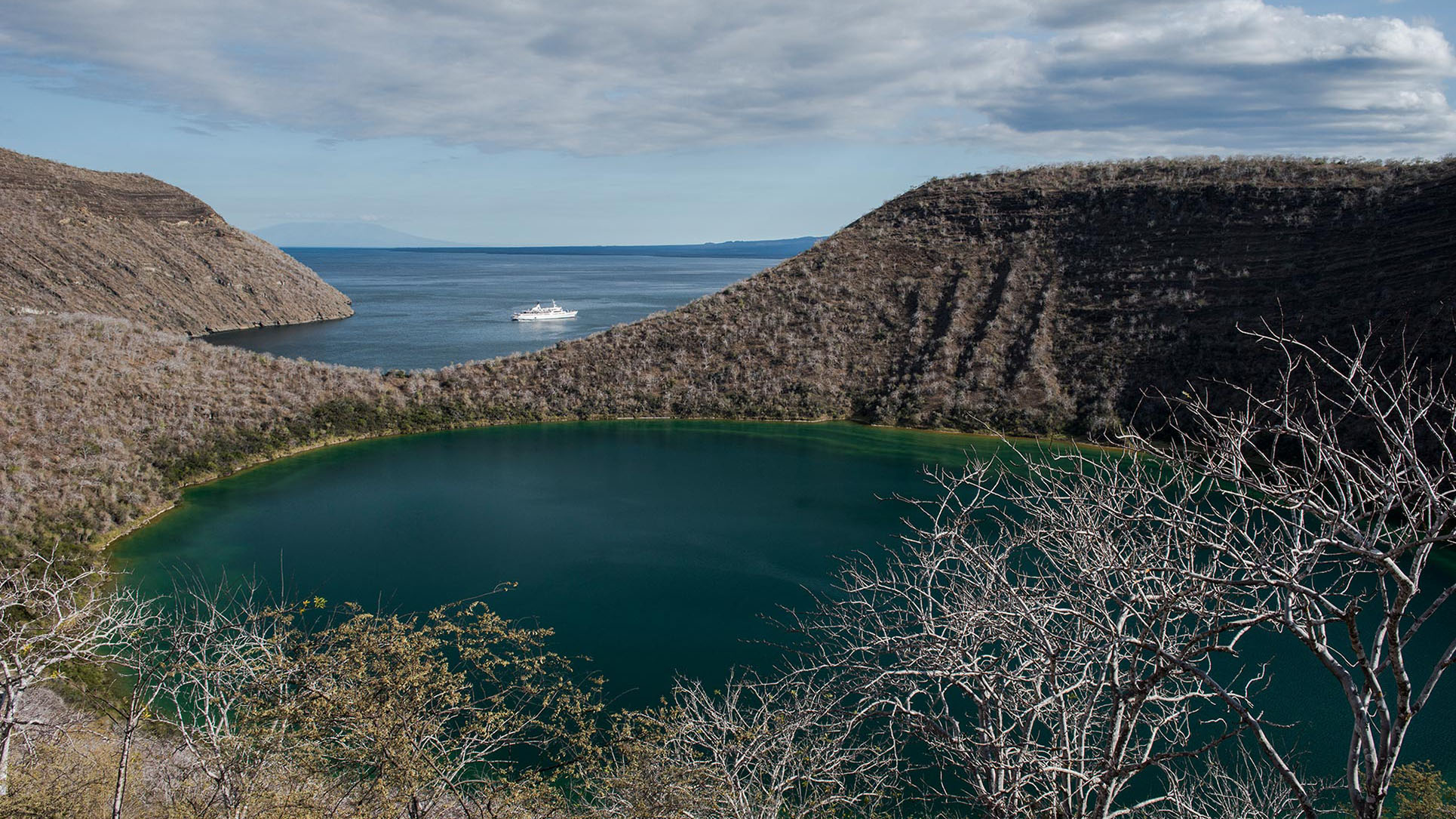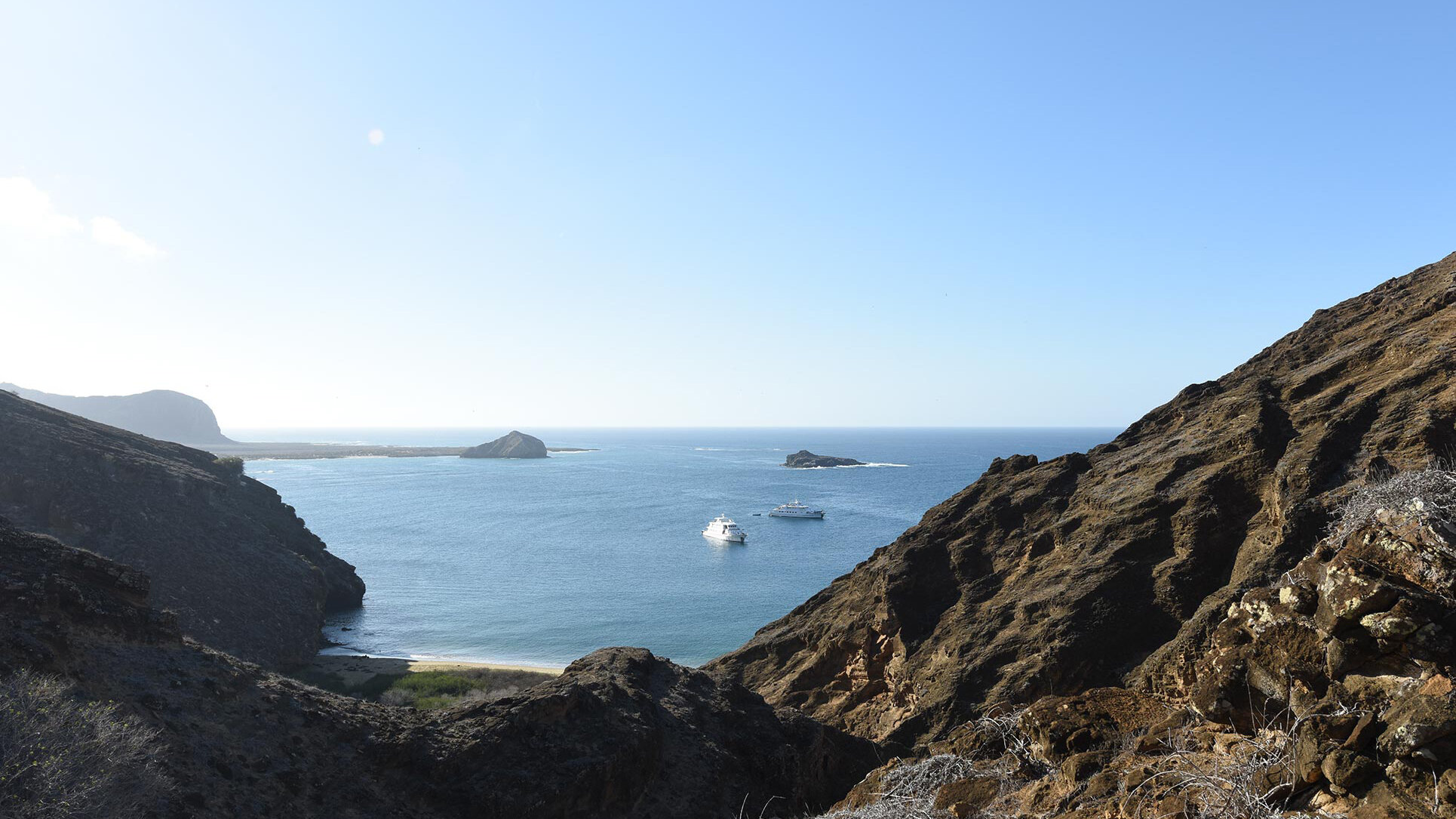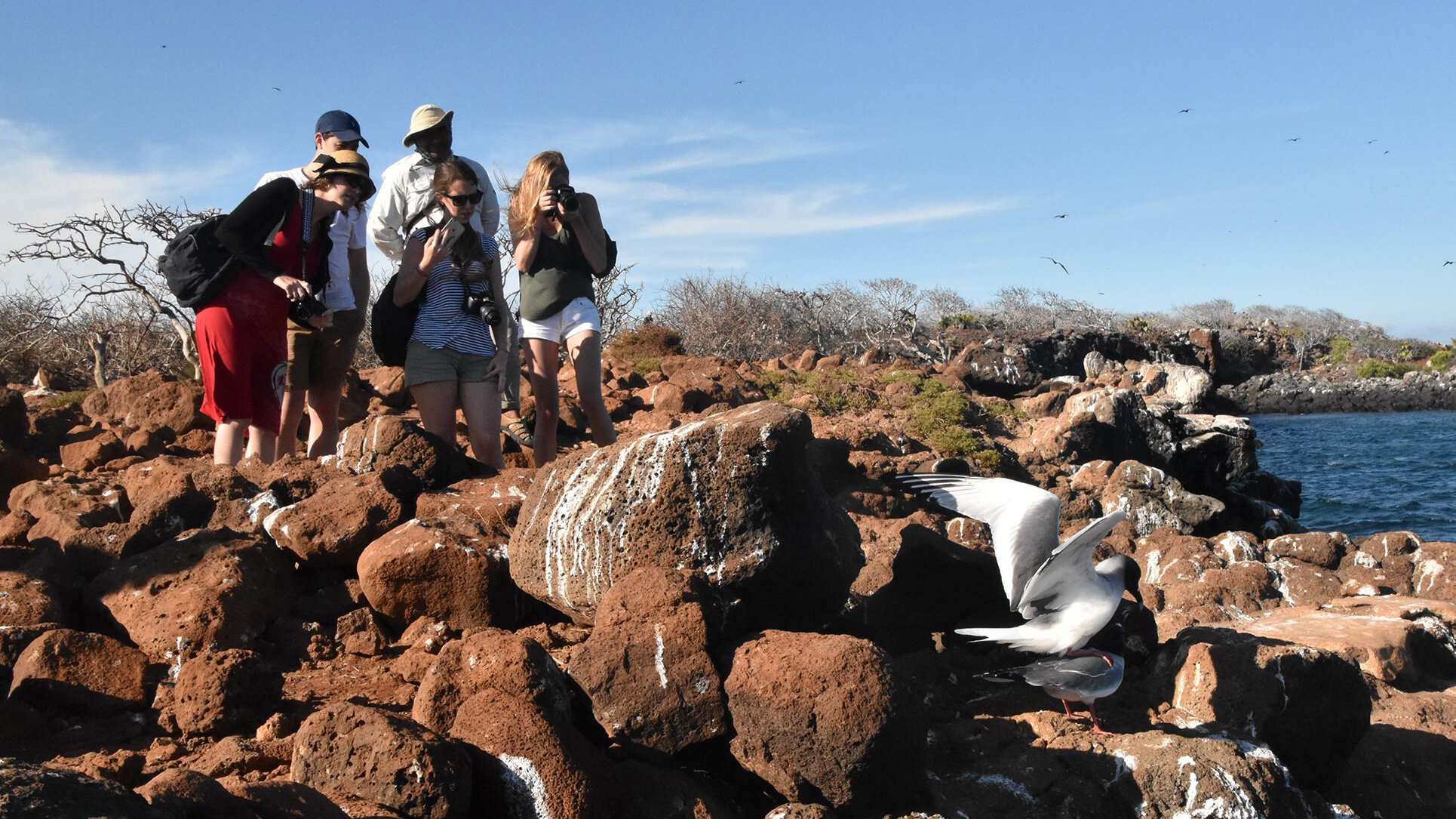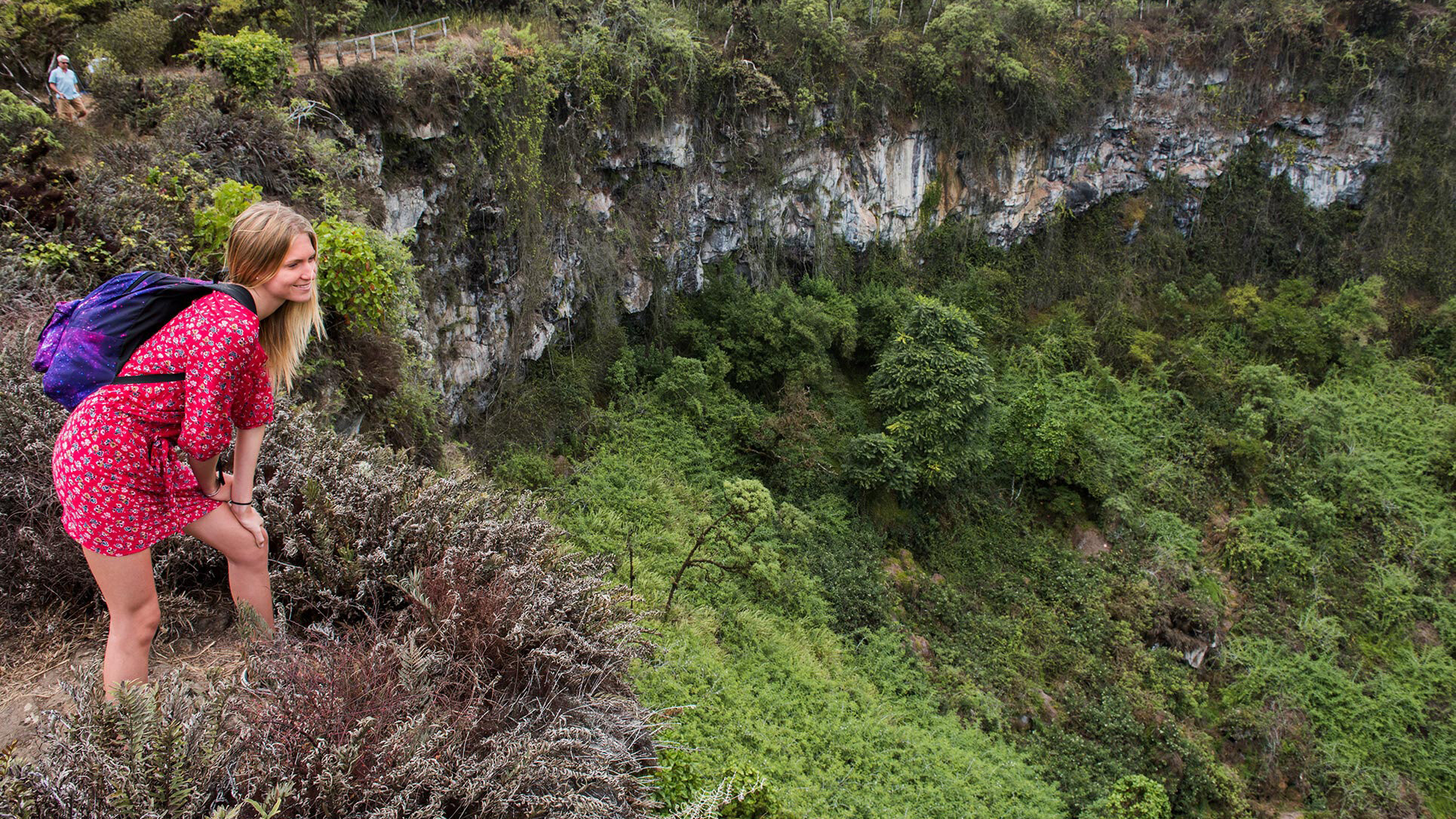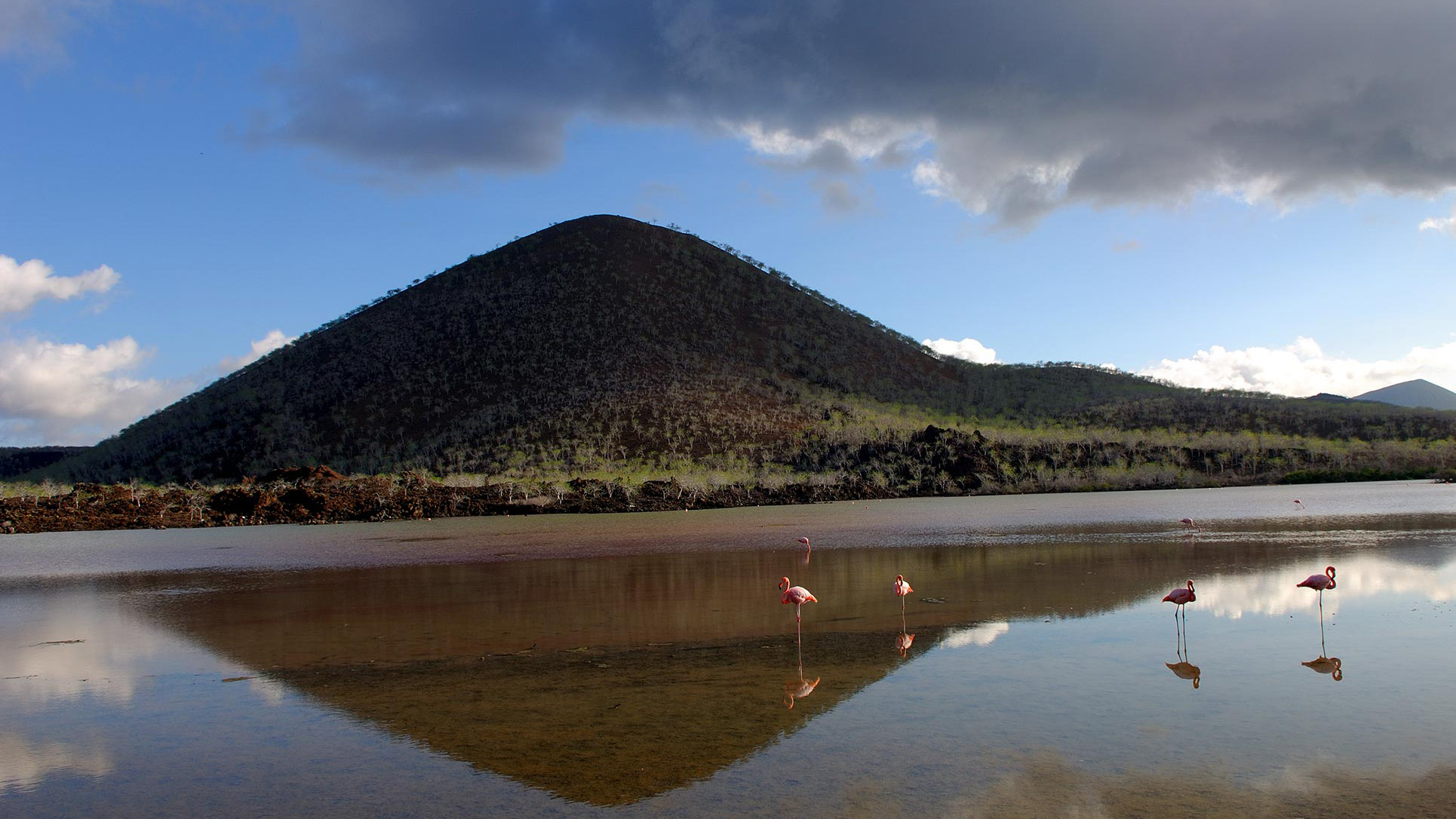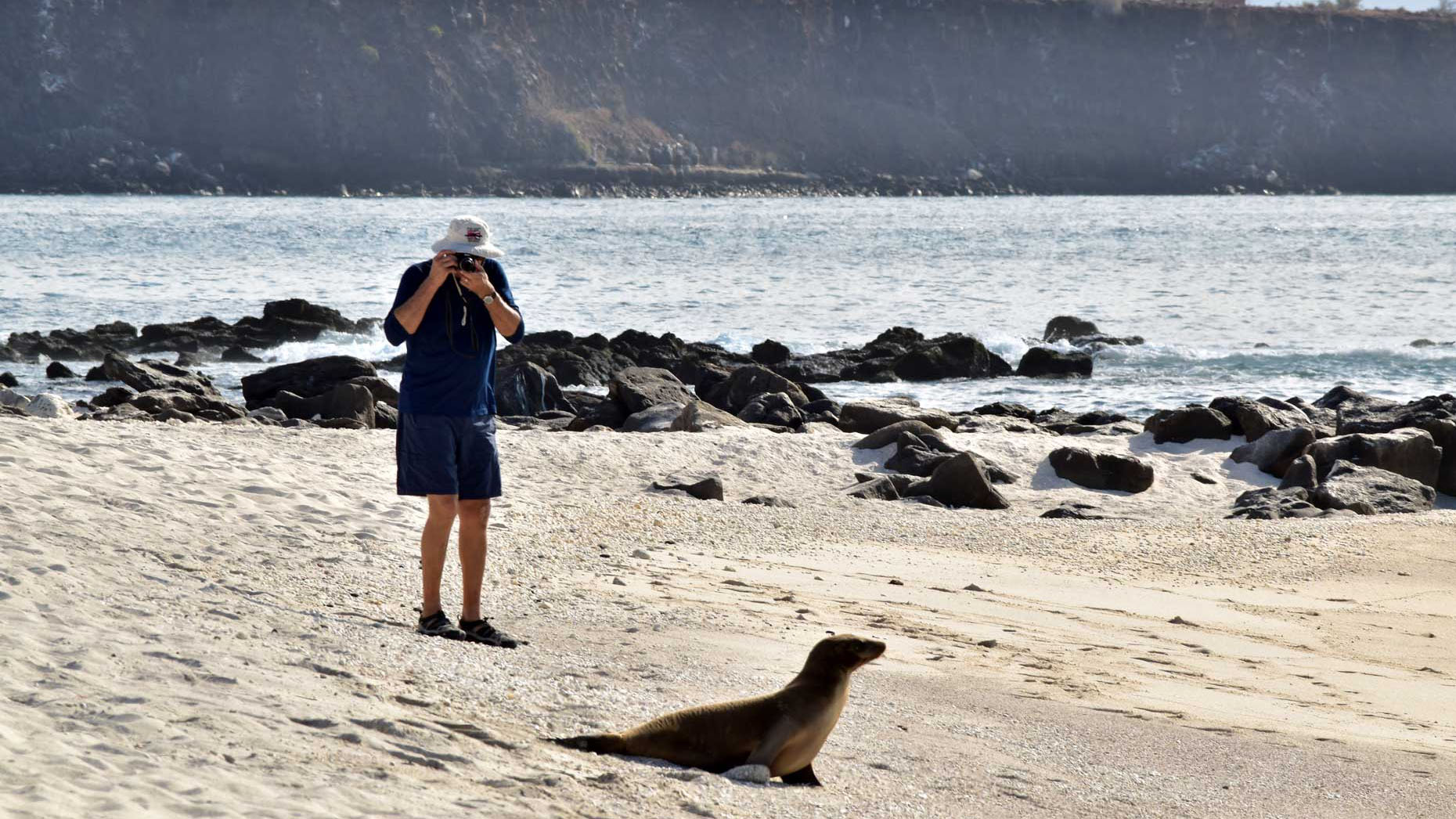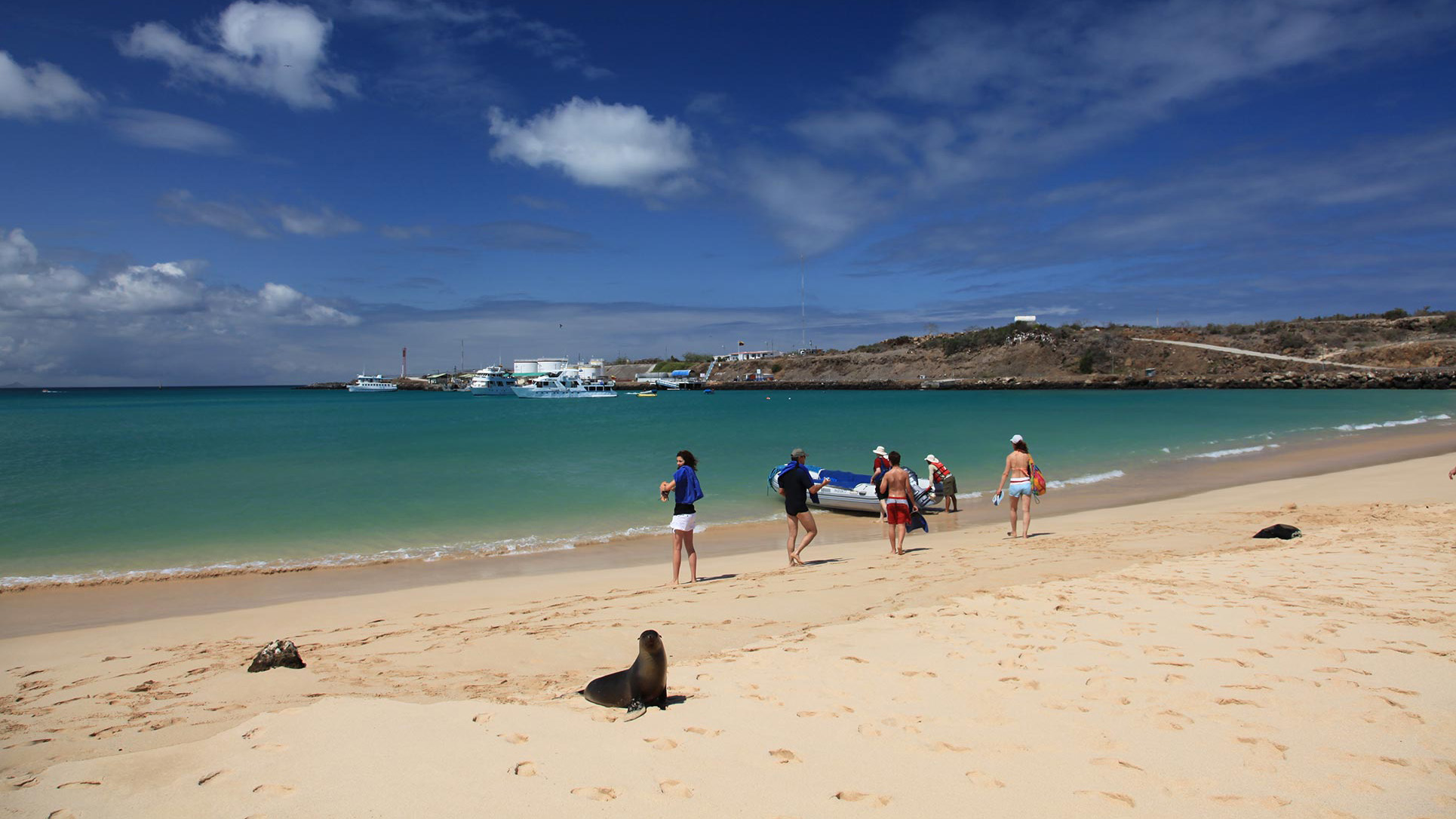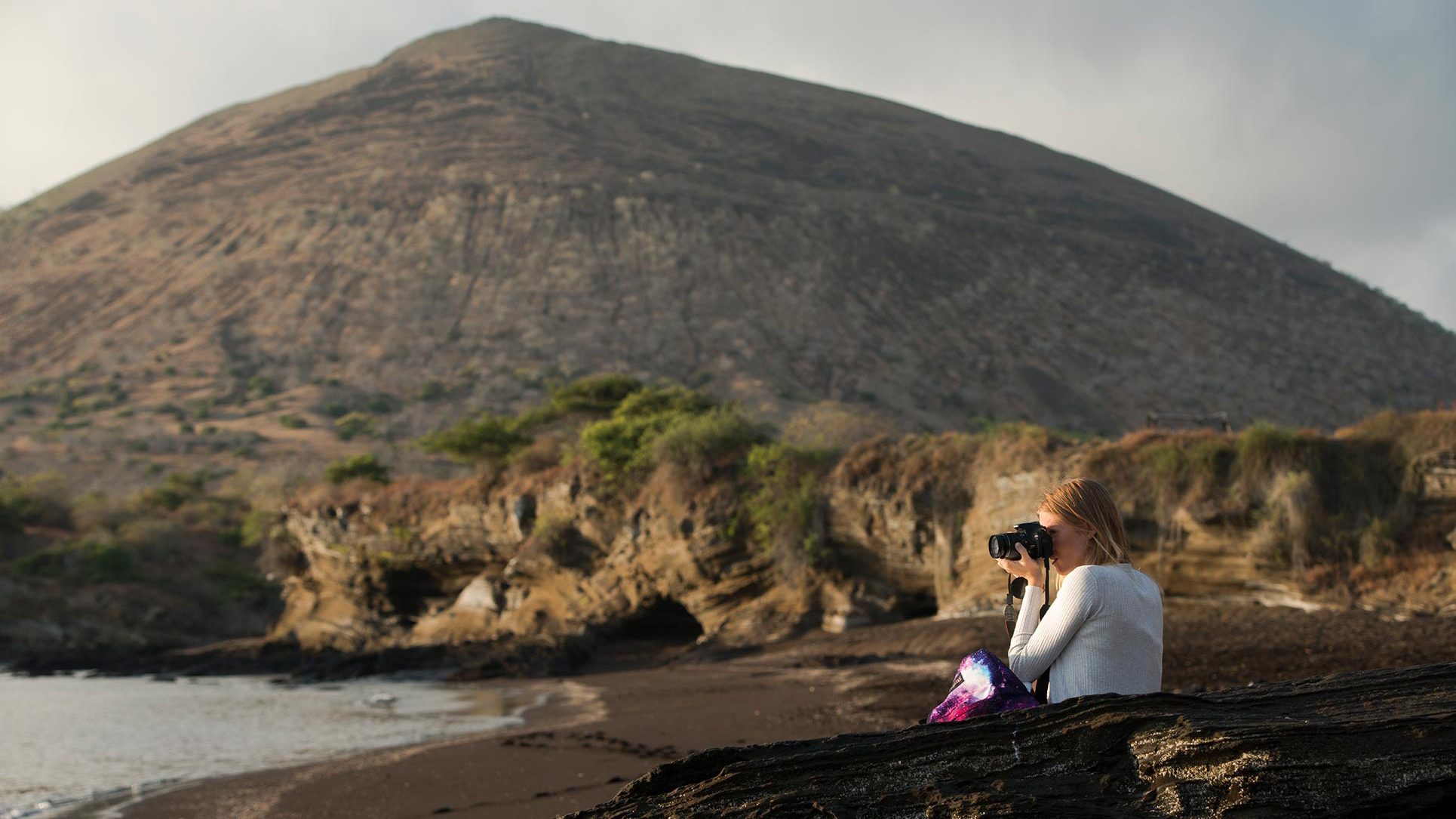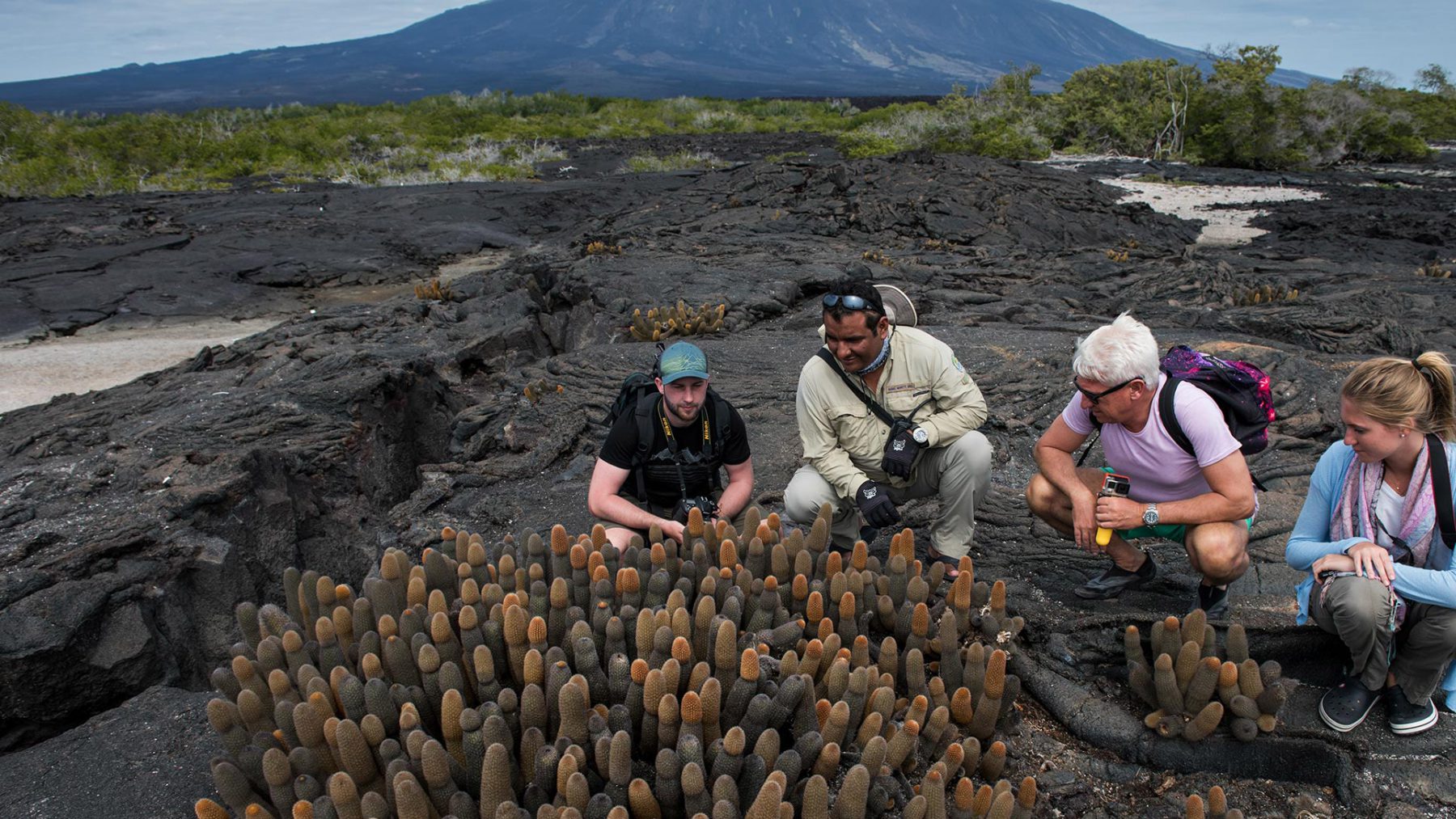
More about Fernandina
Probably the only island in the world without introduced species. Admire astounding volcanic landscapes at a site often perceived as a ‘land without time’.
The youngest island of all, only 300 thousand years and is still active. Is located on the west side of the archipelago; siting on top of the hot spot. During the Galapagos National Park existence there have been 13 eruptions, the last eruptions ocrurred on the 2005 and 2009.
It is an unpopulated island.
Because of the lava flowonly mangrove zones and pioneer cacti have survived its geological environment. This specie has created one of the most amazing and attractive miniature forests in the world, a place to evidence adaptation skills to the absence of soil.
The land of Dragons: This island has a big population of Marine Iguanas that survive thanks to its adaptation to feeding on algae. This is one of the best places to evidence the features that back in the day, pushed the Iguanas to evolve into marine animals, here you can visit the blackest and biggest iguanas of all visiting sites. Also a population of Land Iguanas inhabit the active crater of the island.
Flightless Cormorant biggest population to be visited. This island is home for this famous bird that lost his ability to fly because in his environment it wasn’t needed. This bird adapted to food availability being underwater so it developed amazing swimming and diving skills. To visit this colony is to evidence the evolutionary process alive.
Magical light: Its geological nature gives this island a very special light due to its reflection on the minerals and ground, it portrays a polarized picture of reality. It has a very distinct atmosphere from any other location in the archipelago.
Location Map:
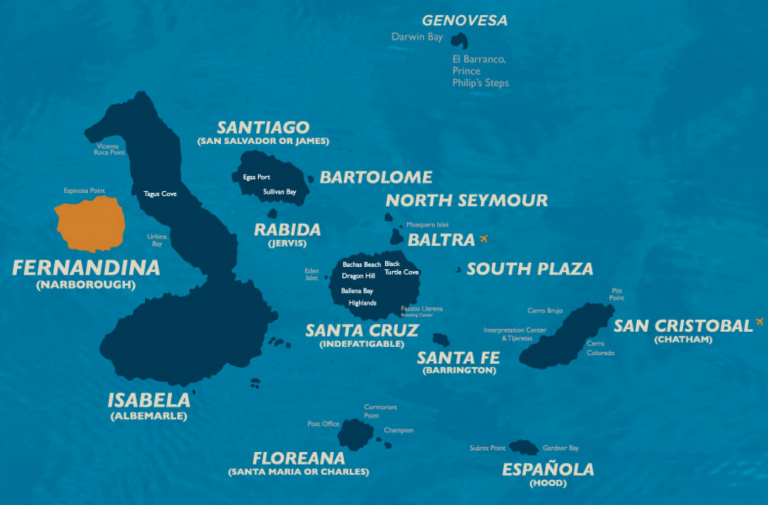
Fernandina Island Visitors Sites
Espinosa Point is the only spot that we visit on Fernandina, and from it, we can see the island of Isabela across the Bolívar Channel, an area that boasts some of the highest diversity of endemic sea fauna in the Galapagos.
Technically, it is rich in “marine upwelling”, which directly or indirectly affects the entire food chain, bringing a wealth of wildlife to this particular western zone of the archipelago. The upwelling occurs when the cold waters of the Cromwell Current, laden with nutrients, meets the island. This brings large amounts of plankton to the surface providing a wealth of food where a variety of species can take advantage of.
- Disembarking:
- Type of Terrain:
- Physical Conditions Required:
- Activities: 1 hour 45 min hike / 25 min glass-bottom boat / 45 min deep snorkeling
- Highlights: This is one of the most pristine islands in the world, with none of man’s introduced species to date. The flat jet-black lava of Espinosa Point is a defining feature of its stark and barren landscape. It is also home to the largest colony of the endemic marine iguanas. Other features are lava cacti, black, white and red mangrove, Sally light-footed crabs, Galapagos hawks, and sea turtles. Moreover, the famous flightless cormorant inhabits this island.
Suggested Items:
